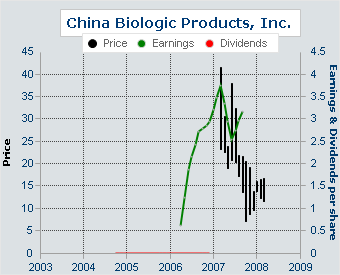
A very special advertisement promoting the "Made-in-China" brand has already made its debut on CNN Asia, and it won't be long before it premieres in Europe and North America.
The 30-second ad uses only products that are "Made in China", from running shoes, high fashion, to even air planes. It will soon be aired to audiences in North America and Europe as part of a global campaign against common stereotypes about Chinese products.
Liu Libin, Director of China Advertising Association of Commerce said "We've had this idea for years, and we feel such an ad should improve the image of 'Made in China'. We've invested tens of million yuan on the whole process of filming and airing."
Brand study expert said "More countries have launched anti-dumping investigations since the beginning of this year. China's been through the most severe trade containment since entering the WTO."
The theme of the ad is "Made in China, made with the world". It aims to highlight how Chinese and overseas firms work together to produce high-quality goods. On show are products used in daily life involving cooperation between different firms. These include running shoes made with American sports technology, and an iPod player with software from Silicon valley, a French-designed fashion label and a European-designed refrigerator.







